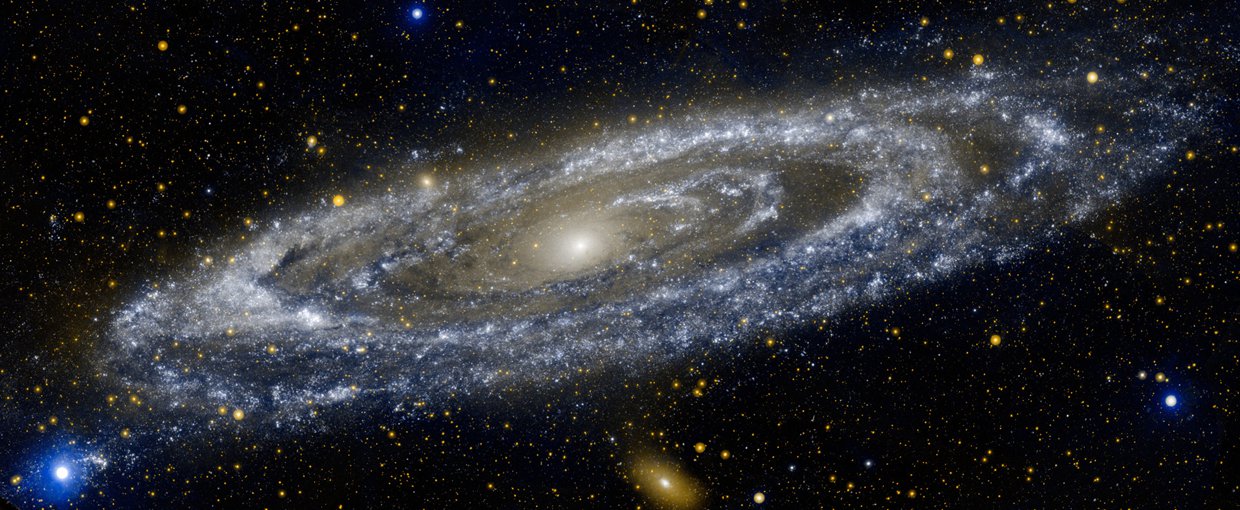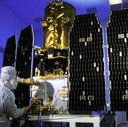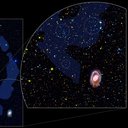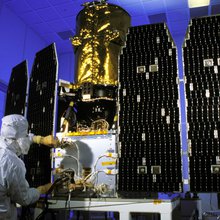- Launch Date April 28, 2003
- End DateJune 28, 2013
- Mission TypeSpace Telescope
- TargetThe Universe
Mission Overview
The Galaxy Evolution Explorer was an orbiting space telescope designed to measure the history of star formation in the Universe by observing the Universe in ultraviolet wavelengths. In addition to paving the way for future ultraviolet missions, the space telescope allowed astronomers to uncover mysteries about the early Universe and how it evolved, as well as better characterize phenomena like black holes and dark matter. The mission was extended three times over a period of 10 years before it was decommissioned in June 2013.
Relevance to Astrobiology
Data from the GALEX mission informs a number of studies supported by the NASA Astrobiology Program. Researchers use this data to better understand the Universe and the conditions in which planetary systems form and evolve. Scientific results from GALEX are helping exoplanet researchers determine the conditions necessary for the evolution of habitable worlds. Using its ultraviolet imaging, GALEX was used to test planet detection methods based on changes in a stars activity caused by tidal or magnetic interactions with planets in orbit.
The Astrobiologists
GALEX data has contributed to studies performed by researchers supported by elements of the NASA Astrobiology Program, including the Habitable Worlds Program and NExSS.



















